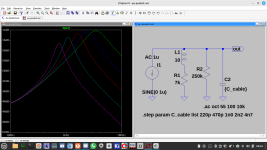But to be more on topic, an orange drop or oil film makes no difference in tone...it is an absolute myth. I was at a guitar show and overheard PRS talking to another effects maker using a 25V red dipped cap in a pedal. He asked the guy, "Why are you using these?" The guy said because they look cool. "That's a good answer because they make no difference" ...
The capacitance that affects the tone is between the pickup and the buffer (so if the buffer is in the guitar there's no capacitance and thus a bland "full fidelity" output). Thus with a buffer pedal on the floor, the only cable capacitance that matters is between the guitar and the pedal. If you run the pedal(s) at "true bypass" then all the cable capacitances between guitar and amp add up.Cable capacitance is key to the overall guitar tone...only if you are plugging in directly. Hendrix used a coil cable for a reason! But if you use pedals, they act as buffers and negate much of the "capacitance effect". but I totally agree with Kay in that many buffers can suck the life out of an instrument...
Cable (or other) capacitance doesn't just cut the highs, it resonates (when the guitar's volume control is all the way up, and when it's not there's other tone-cutting issues) with the coil inductance and causes a peak in frequency response (this is in addition to the pickup coil's self-capacitance that causes a peak around 5-8 kHz), and the more capacitance, the lower frequency this peak is.
The guitar cable (specifically its capacitance) is yet another "hidden variable" in guitar tone.
This is not a buffer (G=1V/V) but an amplifier (G~10V/V). May be overdriven when you strike the strings in strong way.One would think in a guitar - with zero DC to block - that would be the least of a problem. As in you could use a leaky cap in that spot, where within a tube amp, it coundnt function correctly, disrupting the bias of the stage that follows.
I bought some piece of test gear at a yard sale. In there was a bumble bee cap; just the right value. Sold it for $50 on ebay - this was years ago, probably at the heyday of players belief that these make a difference. Or someone just wanted the original detail to put the cherry on top and was willing to pay me for it.
I'd replace a ceramic in a passive guitar tone control with a PIO or polyprop "just because" I happen to have them. But what you really want to do is put a buffer in, deal with the 9V battery placement, so as to unload the pickups from anything - that would make more of a difference than a cap type change. Perhaps something like -
View attachment 1294493
Besides this I am using real FET buffers for a long time.
The technical reason might well be the absence of the mid-range resonant peak - which may be shifted to much higher frequencies using a buffer. Depending on your personal taste you may add some dummy cap (100pF~1nF) parallel to the p.u. when using the buffer.I wonder what the technical reason would be for your observation? Obviously there's an inductor and capacitor involved and usually that means resonance or at least a filter of some sort. Or, could the buffer have limited the dynamic range somehow? My old Gibson EBO would put out peaks in volts when loaded to 1 Meg input on the digital sampling oscilloscope...
What's interesting about that is there's no "damping" resistor; no R in the RLC - save the coil winding resistance. It'd be interesting to see an empirical analysis of the pickup's FR for the different switch positions.I ended with a two pole six position rotary switch and six different capacitor values between 470 pF and 4.7 nF per PU instead of the stock tone control.
"What's interesting about that is there's no "damping" resistor; no R in the RLC - save the coil winding resistance."
In vintage designs you have the parallel res of the vol pot - often 250kOhms.
With L=7~10 H & Rcu =5~10kOhm you can simulate the resonant peaks depending on parallel caps.
In vintage designs you have the parallel res of the vol pot - often 250kOhms.
With L=7~10 H & Rcu =5~10kOhm you can simulate the resonant peaks depending on parallel caps.
.step param {c_name} list. Hopefully I'll remember that one day. Nice peaks!something like this
All of the above. But primarily the LC combination. (If in doubt, use a decent search engine. This is old news)I wonder what the technical reason would be for your observation? Obviously there's an inductor and capacitor involved and usually that means resonance or at least a filter of some sort. Or, could the buffer have limited the dynamic range somehow? My old Gibson EBO would put out peaks in volts when loaded to 1 Meg input on the digital sampling oscilloscope...
To answer the question.
The caps that come with the bass or guitar
are more than fine.
Output and frequency response is mainly the quality of the pickup.
There is magical musician romance with old weird looking high voltage
capacitors. And they do nothing for the bass or guitar tone control.
The theory is plain and simple. " the look cool"
So this magically equals better sound.
The low voltage coming from the pickup does not require
a high voltage capacitor.
" vintage" magic guitars that used high voltage caps.
was highly more likely a cost issue. they used high voltage caps
because they had hundreds or thousands of old stock laying around
and tossed them into the guitars. Since at a certain time if you were
making amplifiers. Most of your cap stock would be high voltage for tubes.
Take another twist, a dried up utter piece of garbage cap might fail
at 250 to 100 volts even 50 volts. But it work fine at .5 to 2 volts
connected to a pickup.
Hence a question, if you had 100 or 1000 junk caps that cant go into a amp.
Toss them into a guitar instead and get rid of the stock.
More likely a business decision. Not mystical magical tone myths
that collectors make up when they see high voltage caps in vintage guitars.
And udder nonsense when people try to replicate it in modern guitars.
learn major and minor scales, and be able to find and identify every A and C note
on the fret board. or the most part all notes and all fret positions.
once you know this the guitar will " sound better"
The caps that come with the bass or guitar
are more than fine.
Output and frequency response is mainly the quality of the pickup.
There is magical musician romance with old weird looking high voltage
capacitors. And they do nothing for the bass or guitar tone control.
The theory is plain and simple. " the look cool"
So this magically equals better sound.
The low voltage coming from the pickup does not require
a high voltage capacitor.
" vintage" magic guitars that used high voltage caps.
was highly more likely a cost issue. they used high voltage caps
because they had hundreds or thousands of old stock laying around
and tossed them into the guitars. Since at a certain time if you were
making amplifiers. Most of your cap stock would be high voltage for tubes.
Take another twist, a dried up utter piece of garbage cap might fail
at 250 to 100 volts even 50 volts. But it work fine at .5 to 2 volts
connected to a pickup.
Hence a question, if you had 100 or 1000 junk caps that cant go into a amp.
Toss them into a guitar instead and get rid of the stock.
More likely a business decision. Not mystical magical tone myths
that collectors make up when they see high voltage caps in vintage guitars.
And udder nonsense when people try to replicate it in modern guitars.
learn major and minor scales, and be able to find and identify every A and C note
on the fret board. or the most part all notes and all fret positions.
once you know this the guitar will " sound better"
Last edited:
100% agreedlearn major and minor scales, and be able to find and identify every A and C note
on the fret board. or the most part all notes and all fret positions.
once you know this the guitar will " sound better"
ut to be more on topic, an orange drop or oil film makes no difference in tone...it is an absolute myth.
Yes, true @Porthos. Non significative, not to say Inaudible difference in an instant switched A/B comparison : I can confirm it, after many tests on several instruments.
On a conventional guitar tone corrector, and assuming that the parts are in good condition : that's the pot value and taper, and the cap value that will determine a difference in tone.
I mean : it's way much more important to focus on the design and the number of pots in the cricuit, the wiring, the value of the pots and their taper, the tone cap value, the presence/absence and the type of a treble-bleed, than the technology of the tone cap alone.
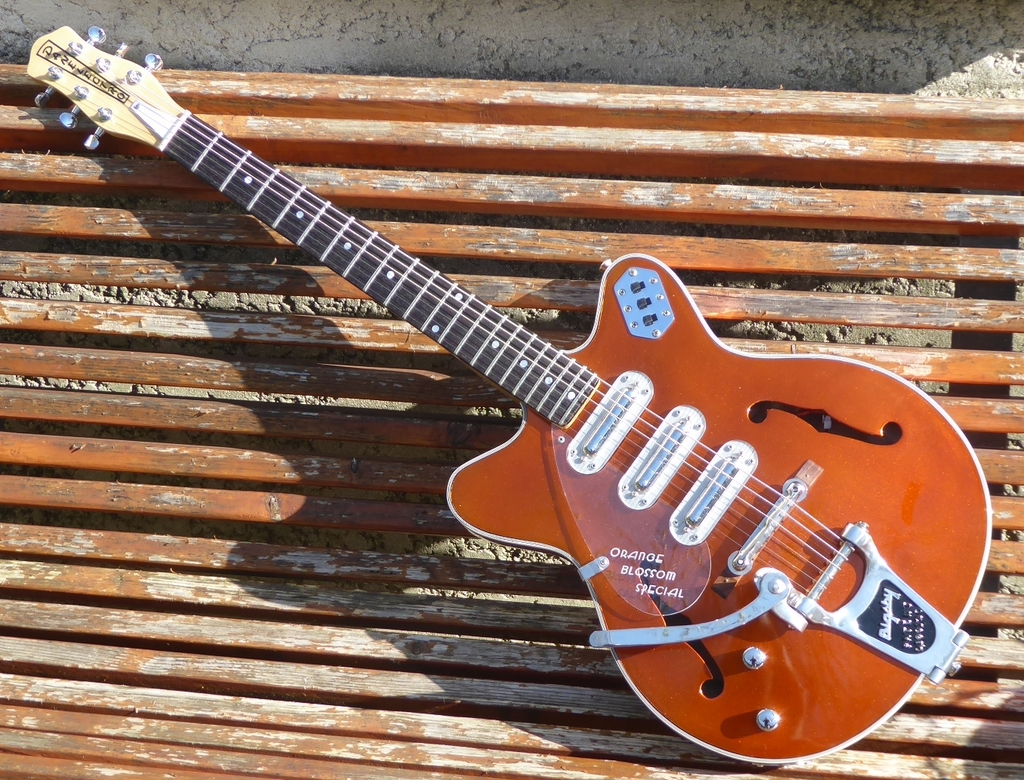
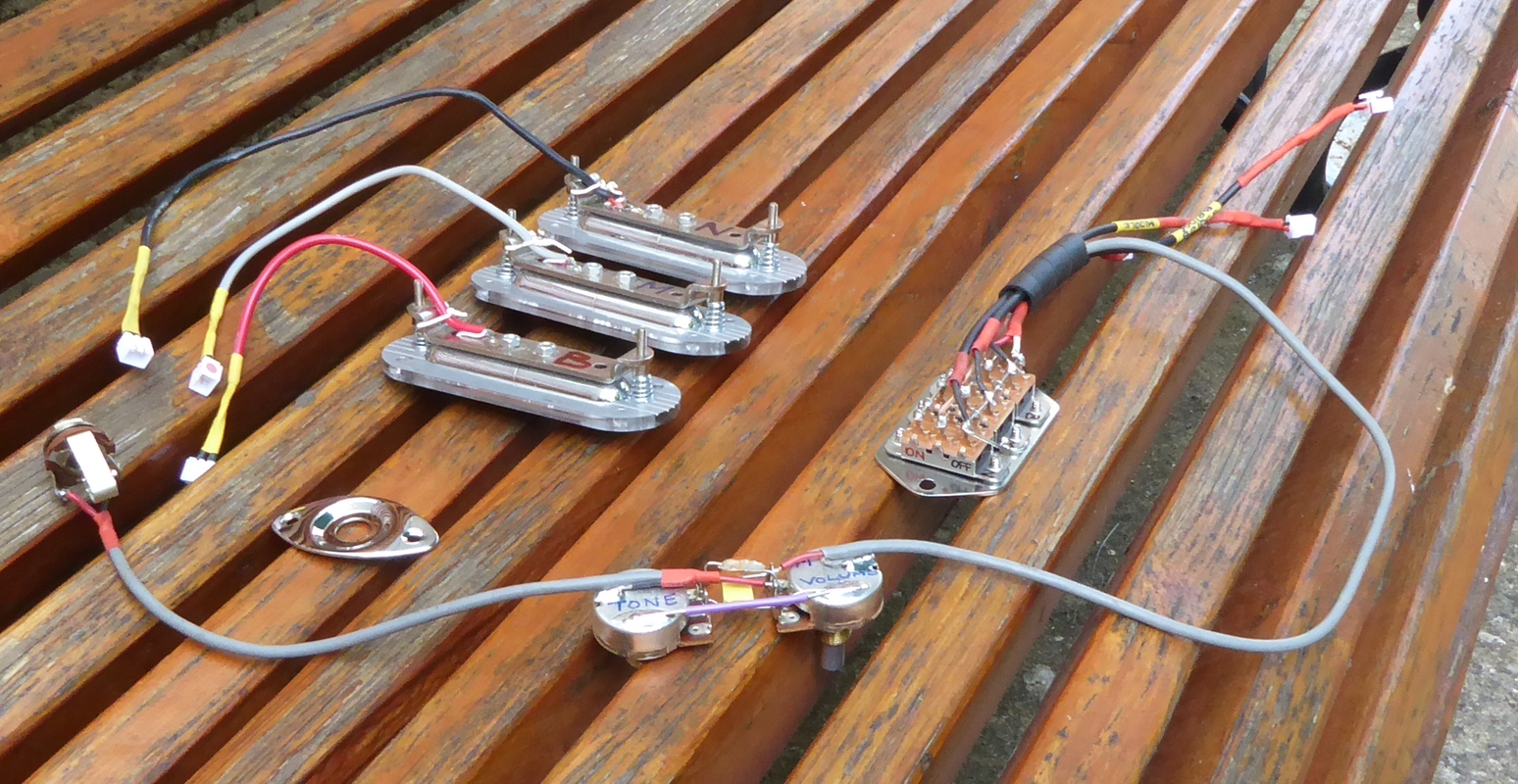
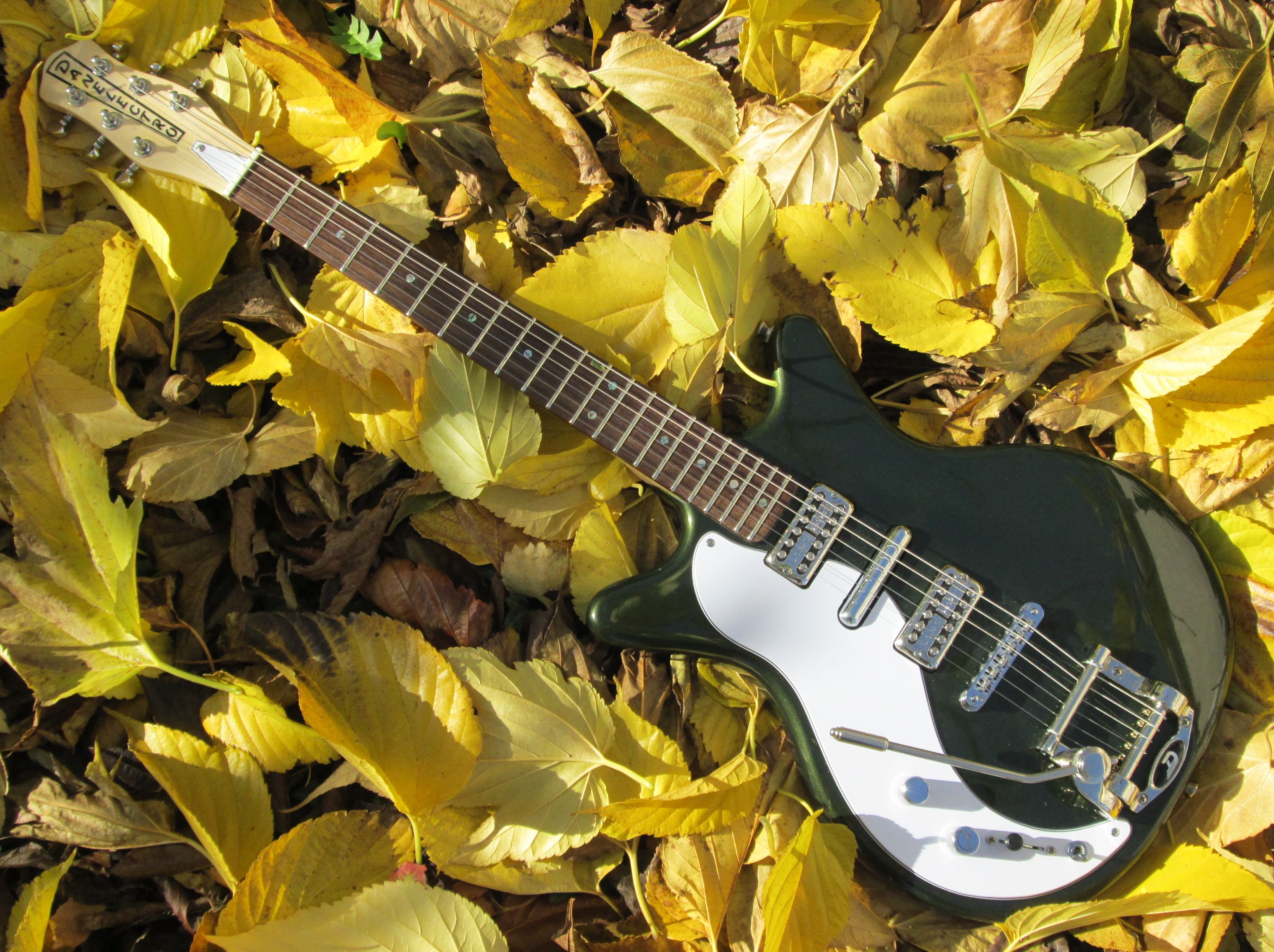
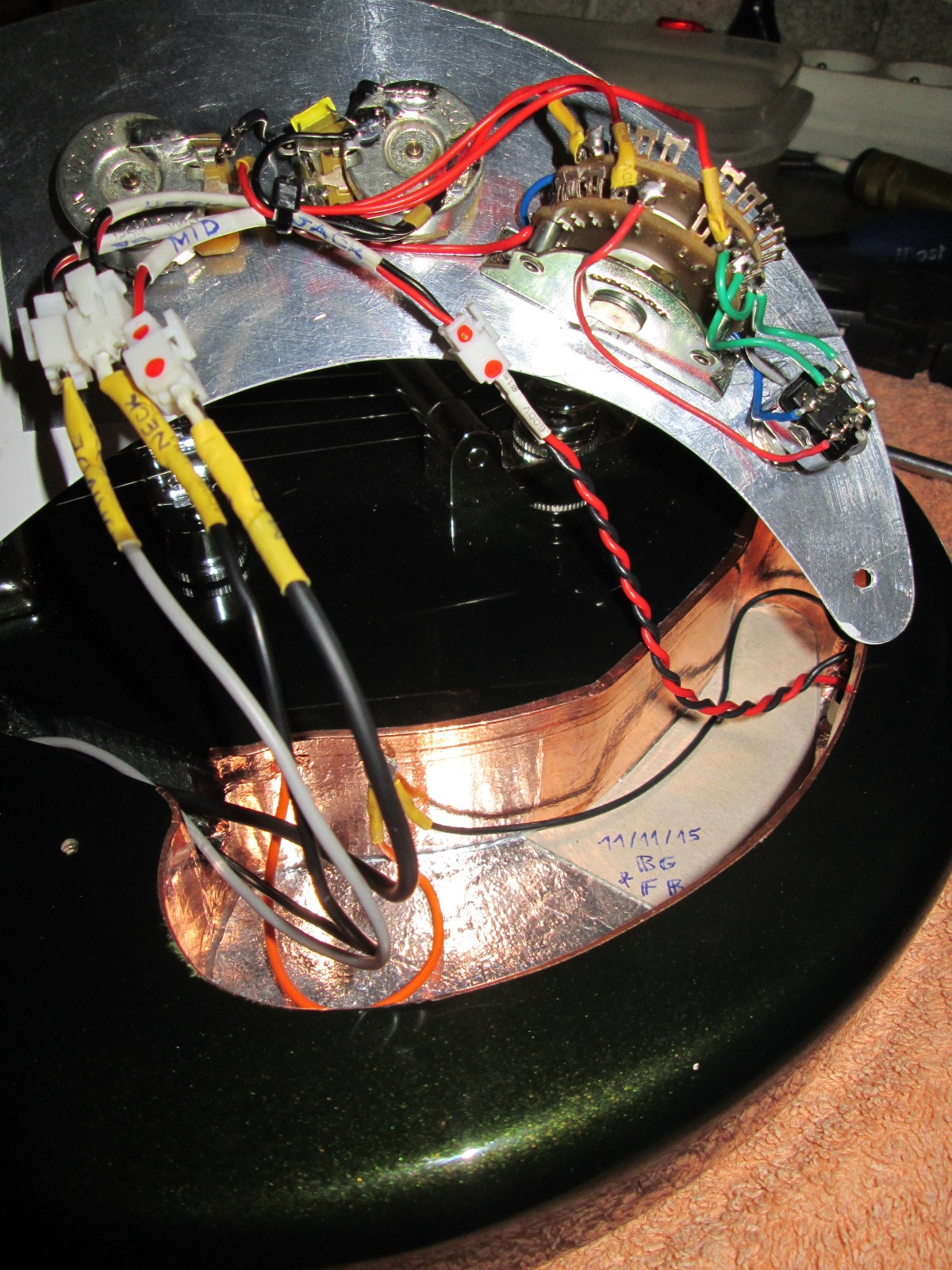
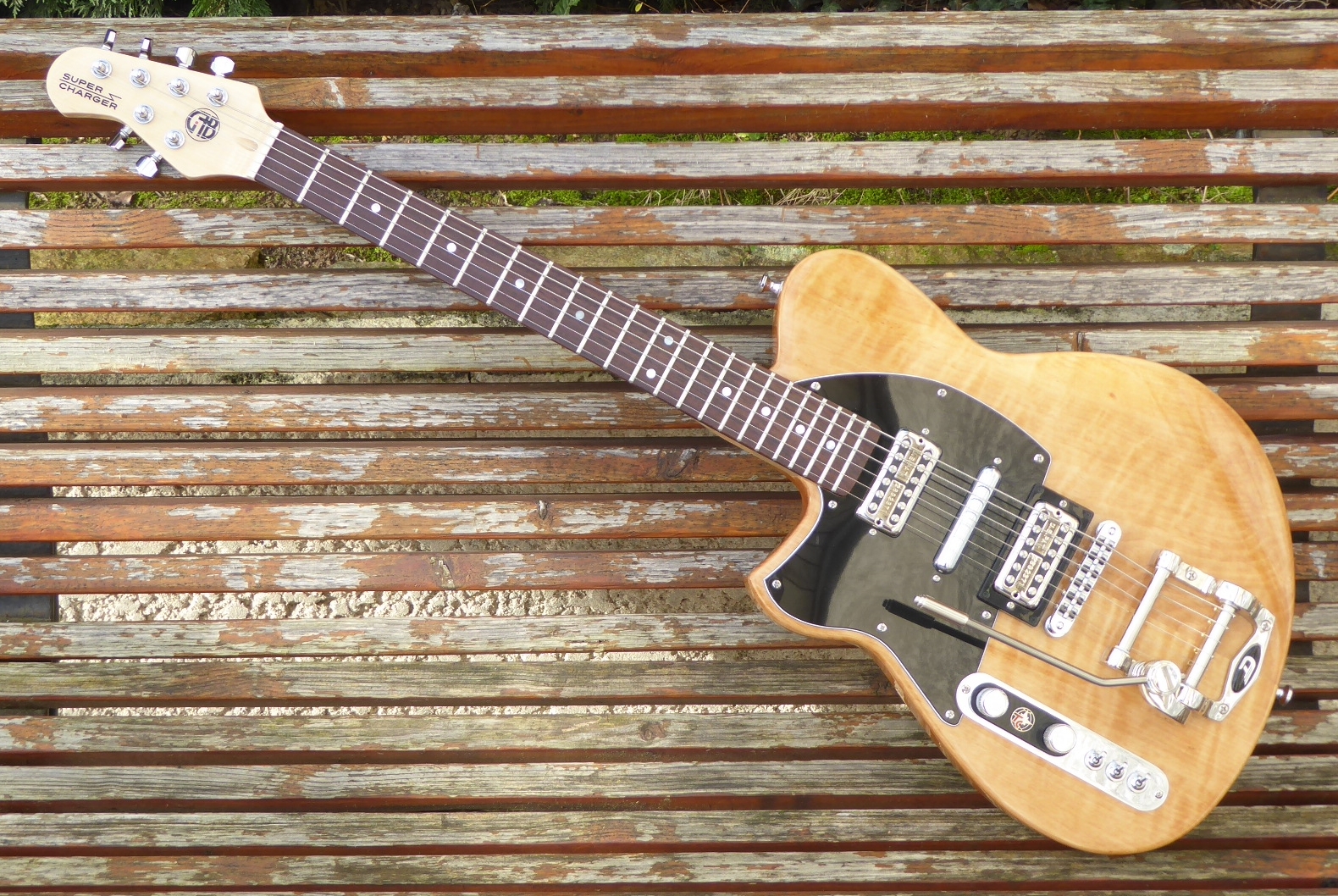
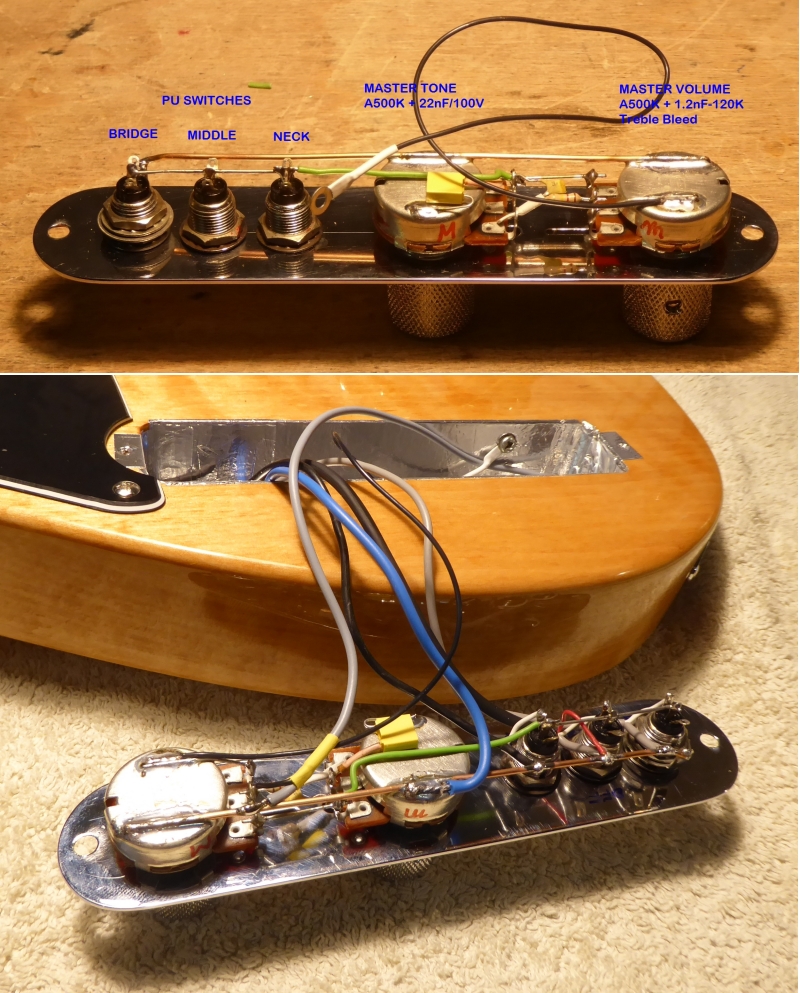
But it's me, OK ?
T
passive guitar pickups dont have very great output impedance.
So yes a non ideal passive tone circuit/ volume control impedance value will plain and
simple be more or less low pass filter.
Hence " muddy" tone or volume drops.
Hence its typical to change cap values.
Aka more brighter or more darker.
Its a players preference.
Far as changing from typical 250K pots to 500K pots
that has all been well covered in numerous articles.
Otherwise " active" systems are usually associated
with active volume features and EQ as well.
As well as completely different pickup designs and
additional higher output. Some like it, some dont.
Simple as simple can be, you can add a " buffer"
not after the volume or tone control.
But tie the pickup directly to a opamp.
Then add volume and tone after the opamp.
Then the pickup literally doesnt give a krap
what the pot value is 250 or 500 yada yada.
your essentially making the horrible output impendence
of a pickup from 8k to 12K, very close to 0 ohms.
Since the output is now a opamp.
The pickup still wants to see a very very high impedance.
hence a opamp input which can be way way higher than 250k or 500k
or 1meg input. Depending on circuit its close to millions of ohms.
no tone loss from passive components, and yes just like 500k pot mods
can make the pickup sound brighter because its no longer being loaded
down. hence again some people like high value pots for maybe more output and brighter
tone. some dont like it cause they as use to the softer tone of essentially not good frequency
response. hence like piezo pickups in acoustic guitars. people think the sound fake and bright.
but you essentially hearing more of the actual higher harmonics that a string makes.
So yes a non ideal passive tone circuit/ volume control impedance value will plain and
simple be more or less low pass filter.
Hence " muddy" tone or volume drops.
Hence its typical to change cap values.
Aka more brighter or more darker.
Its a players preference.
Far as changing from typical 250K pots to 500K pots
that has all been well covered in numerous articles.
Otherwise " active" systems are usually associated
with active volume features and EQ as well.
As well as completely different pickup designs and
additional higher output. Some like it, some dont.
Simple as simple can be, you can add a " buffer"
not after the volume or tone control.
But tie the pickup directly to a opamp.
Then add volume and tone after the opamp.
Then the pickup literally doesnt give a krap
what the pot value is 250 or 500 yada yada.
your essentially making the horrible output impendence
of a pickup from 8k to 12K, very close to 0 ohms.
Since the output is now a opamp.
The pickup still wants to see a very very high impedance.
hence a opamp input which can be way way higher than 250k or 500k
or 1meg input. Depending on circuit its close to millions of ohms.
no tone loss from passive components, and yes just like 500k pot mods
can make the pickup sound brighter because its no longer being loaded
down. hence again some people like high value pots for maybe more output and brighter
tone. some dont like it cause they as use to the softer tone of essentially not good frequency
response. hence like piezo pickups in acoustic guitars. people think the sound fake and bright.
but you essentially hearing more of the actual higher harmonics that a string makes.
Last edited:
Sometimes muddy tone can be more a problem of the speaker cab. Too much uncontrolled cabinet resonances can make for excessively muddy sound.Hence " muddy" tone...
OTOH getting passive pickups to resonate a bit with the tone cap and or guitar cable can be good for some types of music (a good guitar cable can make a significant difference; my best cable is around 330pf, although there seems to something a little more to it than just capacitance).
Also, a less bright yet clean-ish sound can sometimes be quite euphonic so long as there isn't problematic mud added downstream of the guitar. Results can vary quite a bit depending on what comes after the instrument and player (fingers being of the utmost importance too).
Last edited:
- Home
- Live Sound
- Instruments and Amps
- Orange drop in passive tone: Myth or legend?
